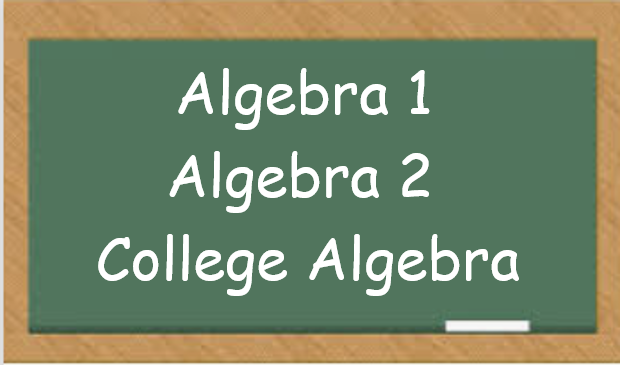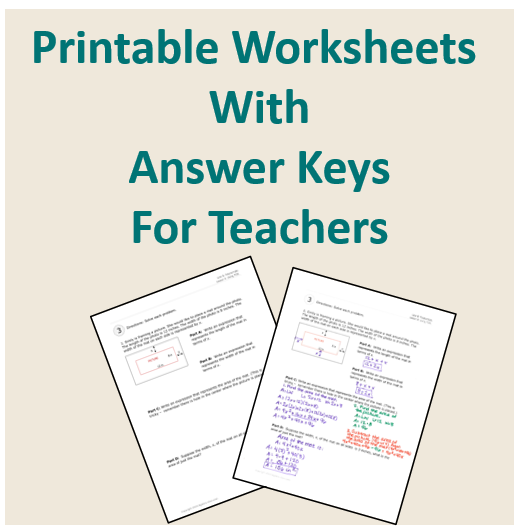Associative Property
So, what in the world is the associative property? Yes, that's quite a complicated word. But.... Would you like to be able to compute numbers in your head faster and easier? That's just what the this property will help us to do!
The associative property, which was named in 1835 by the Irish mathematician Sir William Rowan Hamilton, says that when adding or multiplying, we can change the grouping of numbers and it will not change their answer. This property only pertains to addition and multiplication - just like the commutative property.
Let's take a look at the associative property for addition.
Associative Property of Addition
The associative property of addition states that you can change the grouping of the addends and it will not change the sum.
Algebraic Definition: (a+b) + c = a + (b+c)
Examples:
(6 + 7) + 3 = 16 and 6 + (7 + 3) = 16
If you are being asked to identify properties, the commutative and associative properties can easily be confused. The best way to differentiate between the two properties is that the associative property typically has parenthesis associated with it since it refers to the grouping of numbers.
Now let's take a look at the same property with multiplication.
Associative Property of Multiplication
The associative property of multiplication states that you can change the grouping of the factors and it will not change the product.
Algebraic Definition: (ab)c = a(bc)
Examples:
(5 x 4) x 25 = 500 and 5 x (4 x 25) = 500
And... just like with the commutative property, there is one thing we must remember.....
Tip
The associative property only works with addition and multiplication. It does NOT work with subtraction or division!
Example:
(8 - 3) - 2 = 3 BUT 8 - (3 - 2) = 7
When you are regrouping numbers with the associative property, remember that when you can make "10" or "100" it makes the math much easier. Take a look....
Using the Associative Property to do Mental Math
You are given the following addition sentence to compute mentally.
(9 + 26) + 4
It's tough to compute quickly because you have to think about the sum of 9 + 26 which is 35 and then add 4 which is 39.
It would be easier to:
Regroup the number to create a tens number. (26 + 4 = 30)
9 + (26 + 4)
So now, using the order of operations, we could compute 26 + 4 which is 30 and then 30 + 9 is 39.
That seems a lot quicker and it just took a regrouping of numbers.
Now I bet you will be a mental math whiz! Between the commutative property and the associative property you will be able to mentally compute a lot of your math work!
The last property that you will learn about is the distributive property!
However, before moving onto the distributive property, you should take a look at our introductory Algebra lesson on Variables used in Algebra.

Need More Help With Your Algebra Studies?
Get access to hundreds of video examples and practice problems with your subscription!
Click here for more information on our affordable subscription options.
Not ready to subscribe? Register for our FREE Pre-Algebra Refresher course.





Comments
We would love to hear what you have to say about this page!